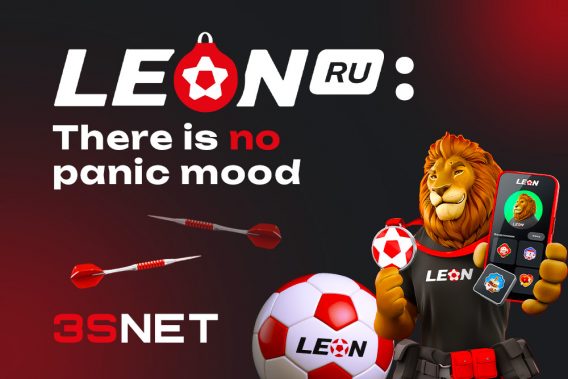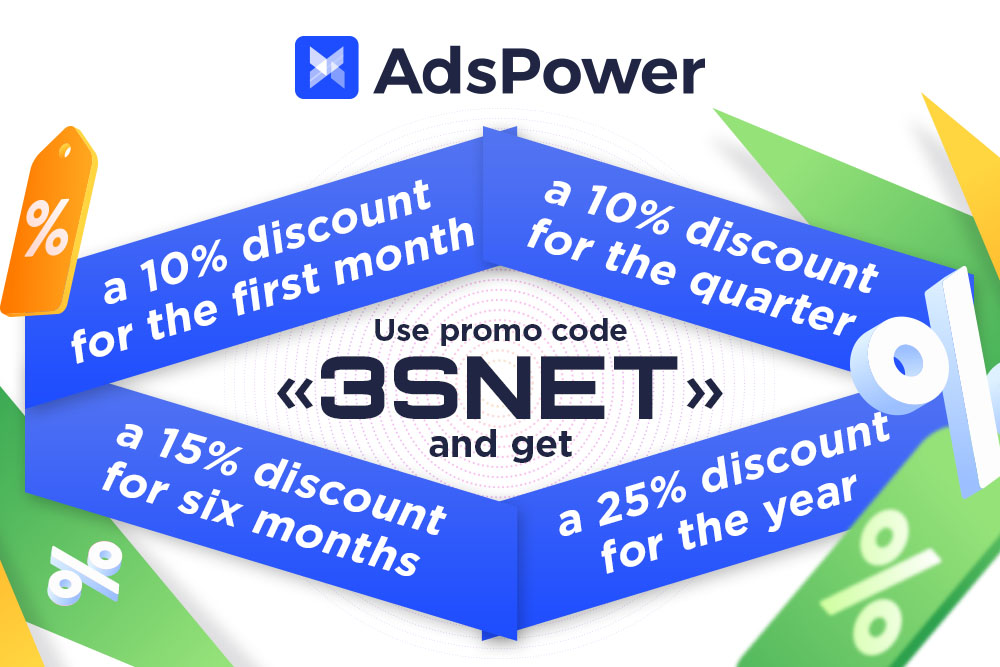
Publication date: 5 June 2025
An offer may seem perfect: fresh, with a bonus, and aligned with a hot GEO, but deposits may fall short of expectations. The problem may not be the traffic, but the payment method. In iGaming, Local Payment Methods (LPM) make all the difference: the wrong choice means lost payouts. On 3S.INFO you will find effective LPMs for 2025, regional specifics, trends and restrictions to consider.
Signs of Payment Problems
Popular local payment methods are not only user conveniences; they are key to conversion. In Brazil, it’s Pix; in India, UPI; in the CIS, Qiwi, SBP, and others. If the payment method doesn’t match the habits of the audience, the offer simply won’t work, regardless of the traffic quality. Key indicators to look out for include:
- High decline rate: Numerous payment declines;
- Sessions interrupted before checkout;
- Users complain to customer service or social networks;
- Declining conversion rates: Fewer transitions from clicks to registrations or deposits.
These signs indicate that the payment method may be failing and warrant further investigation.
Key Considerations for Media Buyers to Prevent Payment Methods Impacting CR
Issues affecting payment efficiency:
Mismatch with Local Habits
- Brazil: 89% of payments go through Pix (Central Bank of Brazil, 2024).
- India: UPI processes approximately 6 billion transactions per month (NPCI, 2024).
- Mexico: OXXO (cash payments through retail networks) is widespread.
- Germany: SEPA transfers and Giropay are popular.
- France: 60% of cashless payments are done via Carte Bancaire (CB), with e-wallets (Skrill, Neteller) also favored.
- UK: Open Banking grew to 14.5 million transactions in January 2024, but cards (Visa/Mastercard) and e-wallets still dominate.
- Germany: SEPA, direct debit, bank transfers.
- Indonesia: QRIS (unified QR-code for banks and wallets) is standardized, but for gambling, digital currencies and bank transfers are more common due to restrictions.
Check current payment methods through aggregators, local partners, or in your 3SNET personal account, where LPMs are listed for each offer.
- Below is a table by region, including commissions, risks and technical specifications.
Technical Limitations
- GEO-blocking: SPEI may not function in all Mexican states.
- Transaction Limits: OXXO accepts payments only over 50 MXN.
Interface Features
- Long redirect chains can reduce user convenience;
- Payment forms that are not optimized for mobile devices can negatively impact conversion rates.
Ways to Analyze the Situation
Note: Often, media buyers have limited access to this data.
- Compare CR before and after modifying the payment page;
- Use simulated geolocation to verify the display of payment methods, noting that real payments often require a local account.
To prevent conversion rate losses, it’s crucial for media buyers to monitor the current situation:
- Whether key local payment methods (Pix, UPI, Nequi, etc.) are still accessible.
- If there is an increase in payment form errors or malfunctions.
- If new blocks or transaction limits have been introduced (e.g., Paytm or OXXO).
- Changes in behavioral metrics: decline rate, session length, and conversion to deposit.
Table: Local Payment Methods in Popular GEOs
| GEO | Popular Methods | Features | Risks for Media Buyers |
| Brazil | Pix, boleto | Pix – fast, widespread, high CR; boleto – offline, slower | Pix bugs, incomplete boleto payments, CPF required |
| India | UPI, Paytm, cards | UPI is available almost everywhere, while cards have lower coverage and CR | Limits, bank blocks, restrictions on Paytm |
| Mexico | SPEI, OXXO, cards | SPEI is almost instantaneous; OXXO requires a trip to a physical store | Traffic loss if not reaching the cash register, frequent card blocking |
| Chile | Webpay, Servipag | Webpay – fast and convenient; Servipag – offline cash registers | Dependency on gateway stability, declining interest in offline payment methods |
| Argentina | Rapipago, Pago Fácil, digital currency | Offline networks with high engagement; digital currencies – circumventing exchange controls | Financial instability, exchange rate fluctuations, blockages |
| Colombia | PSE, Nequi, Efecty | PSE – through banks; Nequi – micropayment wallet | Payment errors, high commission, weak Card CR |
| USA | ACH, Zelle, Venmo, cards | Zelle and Venmo are convenient, but aren’t always supported by aggregators | Frequent refunds, restriction on wallet connection |
| Germany | Sofort, SEPA, Klarna | SEPA – slow; Klarna and Sofort – online standards | High rejection rates without 2FA, requires gateway localization |
| France | Carte Bancaire, translations | Carte Bancaire – local standard; higher commission compared to Visa/Mastercard | Low CR in the absence of CB integration |
| UK | Open Banking, Faster Payments, cards | Open Banking is growing; Faster Payments are fast | Regulatory complexities, withdrawal restrictions |
| Turkey | Papara, Payfix, digital currency | Local wallets are popular, high interest in digital currencies | Frequent blocking, commission hikes, registration restrictions for non-residents |
| Kazakhstan | Kaspi Pay, cards | Kaspi is a leader in trust and outreach | Limits, crediting difficulties for non-residents |
| Ukraine | Monobank, Privat24, P2P | Popular locally, work well with Ukrainian offers | Geopolitical risks, possible service outages |
| Uzbekistan | Apelsin, PayMe, Click | Mass mobile wallets; cards are worse by CR | Dependence on a single aggregator, identity verification |
How Operators Help Maintain Payment Conversion Rates
- Fewer redirects mean fewer lost payments.
- Showcase the two or three most popular payment methods upfront and hide the secondary options.
- Offer alternative payment methods promptly if the original attempt fails.
- Accommodate local preferences, such as the use of QR codes for payments in Brazil.
- Respond quickly to errors and downtime.
Payment Trends in 2025: What Media Buyers Need to Know
- CBDC (Central Bank Digital Currencies)
China, India, and Brazil are adopting their own digital currencies. This poses a risk for shady schemes due to enhanced monitoring and a lack of anonymity. For legitimate businesses, however, it’s a plus, offering lower fees and fewer chargebacks. - Open Banking and API Access
Banks in the EU, UK, and Brazil are opening APIs to allow access to accounts. Although this method is quicker and cheaper than cards, it is more difficult for offshore projects to integrate. Local aggregators and startups benefit significantly from this change. - QR Payments
QR payments are gaining traction in Asia and Latin America due to their speed and convenience, especially on mobile. However, the user experience (UX) must be optimized to prevent a drop in conversions.. - Mini-Apps and Super-Apps
Payments are becoming more integrated into ecosystems such as WeChat, GPay, and Kaspi. While these platforms offer new entry points for media buyers, they require SDK integration and partnerships with local fintechs. - Telegram as a new payment and marketing channel
Telegram is actively developing built-in payment options and mini-apps. Bots that collect payments and subscriptions and interact with audiences are particularly beneficial for media buyers in CIS countries. - Political Risks for Payment Gateway
Sanctions and geopolitical tensions can disrupt international payment gateways in certain regions. While offshore projects face high risks, legitimate ventures benefit from having backup local payment methods.
Why Local Payment Methods Matter for Successful Media Buying and Payouts
Regardless of how good the traffic is, if users can’t pay, the offer won’t convert. By 2025, local payment methods will be a fundamental component of iGaming campaigns, not an optional extra. They need to be analyzed as carefully as creatives and landing pages, and they must be tailored to specific GEOs, audiences, and devices. Failing to do so can result in lost conversions, money, and time.
- If you’re already running traffic, check to see if your payment form is hurting your CR. At 3SNET, we have information on payment methods for each GEO. Contact us for advice on the most effective offers with Pix, UPI, Nequi, and other LPMs.
Share it with your friends via favorite social media




























